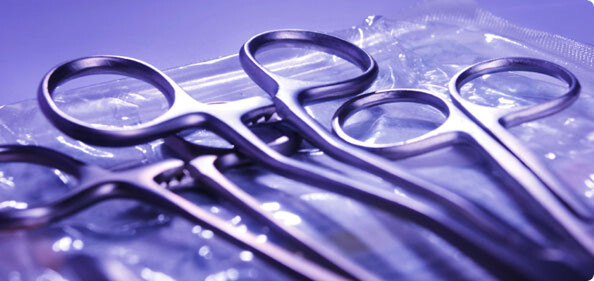Many children with cancer will have surgery during their treatment. Most surgeries happen in the operating room while your child is asleep under general anaesthesia.
Key points to remember
- many children with cancer will have surgery during their treatment
- most surgeries happen in the operating room while your child is asleep under general anaesthesia
- your child will need to have an empty stomach if they have an operation under a general anaesthetic
What is surgery?
Many children with cancer will have surgery during their treatment.
Surgeons may operate on your child to:- remove a part or all of a suspicious mass or lump (biopsy) to diagnose or find the stage of a cancer
- put in a central line
- completely remove or reduce the size of a tumour
In some cases, removing the tumour may be the only treatment your child needs but usually, they will also have chemotherapy or radiation to kill any remaining cancer cells.
Surgery is an important part of the treatment for children with solid tumours or brain tumours.
Removing a primary tumour
The medical name for this is resection. Primary surgery removes all or most of the tumour when your child receives their diagnosis. Sometimes, surgeons cannot remove a tumour because it is in a difficult place in the body or because the tumour is too large. In this situation, your child may have chemotherapy or radiation before surgery to help shrink the tumour and make it easier for the surgeon to remove.
Debulking a tumour
Sometimes a tumour may be too large for the surgeon to remove safely. If this is the case, the surgeon may remove as much as possible without removing it all together (debulking). This can help your child feel more comfortable. Chemotherapy and radiotherapy may then be more effective on the smaller tumour.
'Second look' procedures
Some children with solid tumours and brain tumours may have a 'second look' procedure, 3-6 months after the first debulking. If radiotherapy and/or chemotherapy have shrunk the tumour, it may then be easier for the surgeon to remove it. Or, the surgeon may check the area to see if the cancer has returned and may remove a piece of the surrounding tissue (biopsy) for testing.
Surgery which assists with supportive care
Supportive care surgery can help your child through their cancer treatment. If treatment makes it difficult for your child to eat, a doctor or nurse may place a feeding tube into your child's stomach or digestive tract. This will stay in place until your child is well enough to eat normally again. Your child will probably need a central venous line (catheter). This line will make it easier to give intravenous (IV) fluid and medicine. It will also make it easier to take blood.
Does surgery hurt?
Your child will not feel or be aware of anything during the operation because they will have a general anaesthetic and will be asleep.
After the operation, an anaesthetist or another doctor will arrange medicines to help with any pain. The anaesthetist is the doctor who gives the anaesthetic. Their role is to keep your child safe and comfortable before, during and after surgery.
What happens before surgery?
The anaesthetist will meet with your child and family before the surgery, to discuss all aspects of the anaesthetic, including risks and benefits. They will explain how they will give the anaesthetic and answer any questions you may have. They will also ask for written consent to give the anaesthetic to your child.
It may be possible for you to go with your child into the operating room and stay until your child is asleep. This can help put your child at ease in a strange environment. It's a good idea to do some preparation before your child has a procedure. This will help give you confidence.
Your child will need to have an empty stomach if they are having an operation under a general anaesthetic. This is to reduce the risk of stomach contents getting into your child's lungs while they are unconscious. The anaesthetist and your child's nurse will give you instructions about fasting from food and drink. For your child's safety, it is important to follow the instructions exactly.
What can you do?
- read Fasting from food and drink before anaesthesia and sedation
- read about consent for procedures and treatment in Fasting and consent for procedures
- ask your nurse to help you prepare for the procedure if you would like to go with your child into the operating room
Click Donate to fund the ongoing development of the Circulating Tumor DNA project which will improve outcomes for those children already diagnosed with cancer.
Disclaimer - Content on this blog is for educational use only. Please consult your doctor or other health professional to make sure the information is right for your child.
Copyright - Please note that the information on this blog is copyright owned by The Paediatric Society of New Zealand and Starship Foundation. See copyright information at the Kids Health website.
